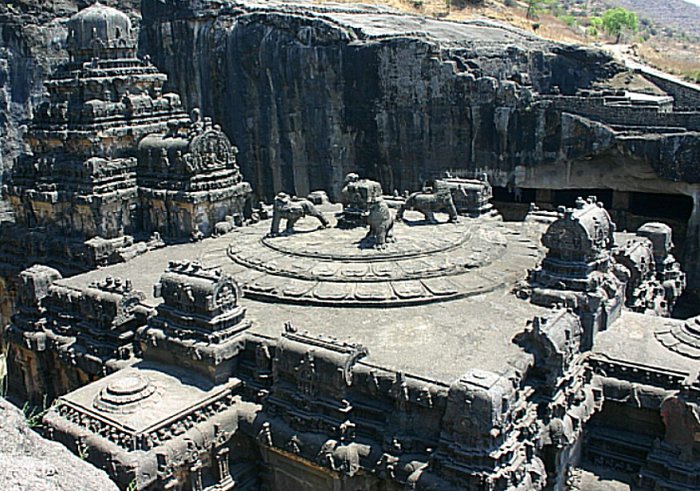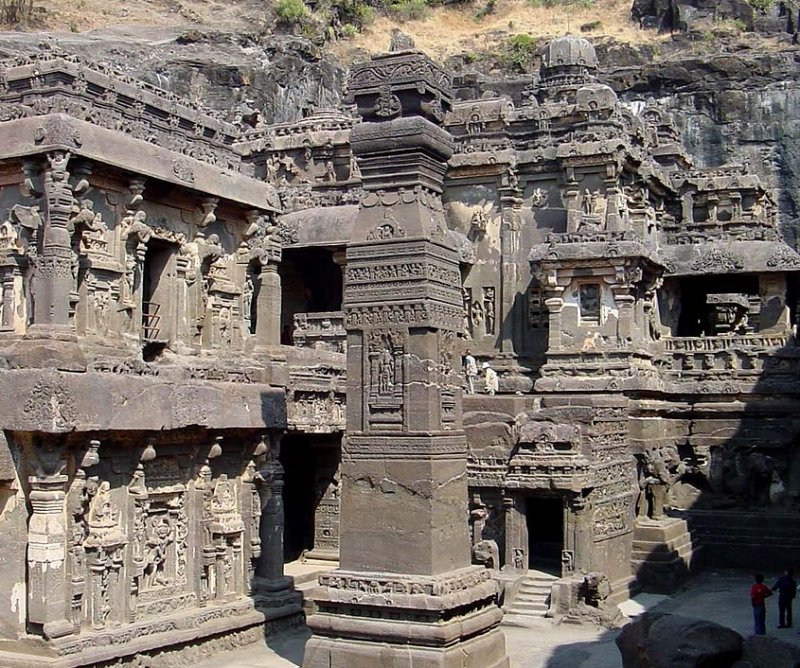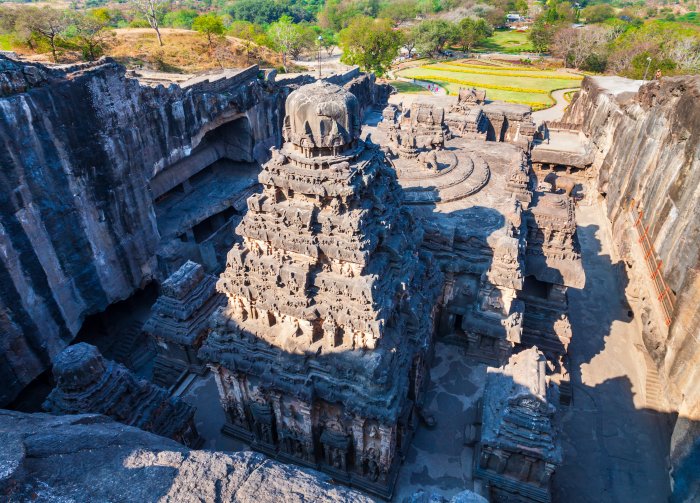Gigantic Kailasa Temple: Engineering Marvel Of India’s Master Builders
A. Sutherland - AncientPages.com - Carved from a rock cliff face, the Kailasa Temple is named in honor of the sacred mountain-dwelling place of the god Shiva.
It is considered one of the most remarkable cave temples in the world.
Ellora caves. Cave 16. Kailasanatha Temple. Mandapa roof. Image credit: Y. Shishido - CC BY-SA 3.0
The stunning, rock-cut Kailasa Temple is the best example of the Rashtrakuta Empire style, associated with Rashtrakuta (r. 753 - 982 CE), a royal Indian dynasty that ruled large parts of the Indian subcontinent between the sixth and 10th centuries.
During this time, despite the impressive advancement of stone-built architecture under the Chalukya Empire (636 CE, 740 CE), the Rashtrakuta Empire (753-982 CE) reverted to rock-hewn architecture and brought this style to its most incredible heights in the form of the mighty Kailasa Temple in Ellora.
Kailasa Temple (Sanskrit: Abode of the Blessed) is one of the most famous of the temples in the Ellora Caves. In an area of 45 by 80 meters, a richly ornamented temple has been carved with anterooms, chapels and corridors. A square vestibule leads into the main temple, which has seven side chapels. The temple room itself is 31 meters long and 17 meters wide.
According to standard textbooks, Hindus, Jains, and Buddhists sculpted the temples at Ellora. The earliest ones were carved around 300 BC, but most were in the 4th to 9th centuries AD.
In his book "Ellora," M. K. Dhavalikar, an author and retired Professor of Archaeology and Director of the Deccan College Post-Graduate Research Institute, Pune, India, writes that "all these shrines and the Kailasa were not excavated at the same time, but belong to different periods." ("Ellora," M. K. Dhavalikar, 2003, p. 44).
Southwest corner. Kailasanatha Temple, Ellora Looking from southwest to northeast, the Nandi pavilion is photo left, with the south column to the right. Behind them the main bulk of the temple recedes east to the rear of the cliff. The dome-shaped finial of the temple tower can be seen in the background, a bit to the right of the column, just peeping above the temple roof. Image credit: G41rn8 - CC BY-SA 4.0
"There is a perforated window in the west wall [of cave 15, a Hindu cave] over which a Sanskrit inscription in the Brahmi script of the eighth century is engraved. It is, however, incomplete, and much of it has been damaged due to weathering.
It gives the genealogy of the Rashtrakuta dynasty from the founder Dantivarman (c. 600-30) and records the visit of Dantidurga (752-7) to the cave. It can be placed in the middle of the eighth century. "Ellora," pp. 36-7.
It proves that the caves existed in the 8th century and were engraved at that time with this inscription.
Credit: Adobe Stock - saiko3p
Again, "There were inscriptions on pillars [in cave 33, a Jain cave] which are now mostly worn; a few letters that have survived suggest that the cave may have been built around the ninth century" (ibid., p. 96).
The formidable monolithic Kailasa temple lacks a dedicatory inscription, but there is no doubt that a Rashtrakuta ruler commissioned it. Hence, its construction is most commonly attributed to the Rashtrakuta king Krishna I, who ruled 756-773 CE.
The Kailasa is one of the 34 monasteries and temples, extending over 2 km and dug side by side in the wall of a high basalt cliff in the complex at Ellora Caves, near Aurangabad (Maharashtra), India. It is the largest of the rock-cut Hindu temples built on a single rock. It is 164 feet deep, 109 feet wide, and 98 feet high.
Isn't it the world's most extensive monolithic structure carved from a single rock?
The replica of Shiva's home stands in an open country yard as three separate structures. The main temple rests on a base 25 feet high, which appears to be supported by elephant friezes. This temple measures 150 by 100 feet under a gabled front and a tower in three tiers beneath a dome. An overhead bridge links the three buildings of Kailasa and its outer gateway.
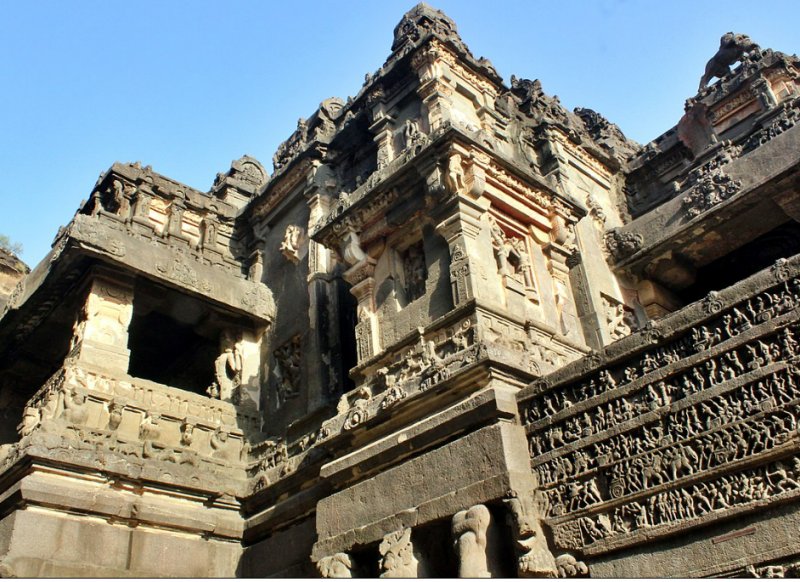 The Brahmanical group of caves (caves 13–29), including the renowned Kailasa temple (cave 16), was excavated between the 7th and 10th centuries. The last phase, between the 9th and 12th centuries, saw the excavation of a group of caves (caves 30–34) reflecting Jaina philosophy. Image credit: Aums90 - CC BY-SA 4.0
The Brahmanical group of caves (caves 13–29), including the renowned Kailasa temple (cave 16), was excavated between the 7th and 10th centuries. The last phase, between the 9th and 12th centuries, saw the excavation of a group of caves (caves 30–34) reflecting Jaina philosophy. Image credit: Aums90 - CC BY-SA 4.0
The most impressive feature of Ellora caves is the hand-made rock-cut sculptures created using only a chisel and hammer. Indian artisans and master builders did a tremendous job providing evidence of their efficiency and technological skills.
The Buddhist, Hindu, and Jaina caves coexist harmoniously, sharing the geographical expanse from the southern region to the northern territories. This combination of diverse religious and cultural influences serve as an example of unity and tolerance, transcending individual beliefs and embracing a spirit of coexistence.
The temple represents an interpretation of the cosmic mountain - in this case, the celestial palace of the great god Shiva, who was believed to dwell on Mount Kailasa in the Himalayas.
Completed in 785 AD, the Kailasa Temple is a celestial abode with pillars, corridors, towers, and statuary beautifully decorated with ornamentation.
The temple is not a building - it is a sculpture created on a scale never achieved anywhere else on our planet. Indian craftsmen and master builders did a tremendous job providing evidence of structural efficiency and technological skills.
Percy Brown, a leading authority on Indian Art and Architecture, said:
"The Kailasa is an illustration of one of those rare moments when men's minds, hearts, and hands work in unison towards the consummation of a supreme ideal."
Written by – A. Sutherland AncientPages.com Staff Writer
Updated on May 26, 2024
Copyright © AncientPages.com All rights reserved. This material may not be published, broadcast, rewritten or redistributed in whole or part without the express written permission of AncientPages.com
Expand for referencesMore From Ancient Pages
-
 Controversial 5,500-Year-Old Sumerian Star Map Of Ancient Nineveh Reveals Observation Of Köfels’ Impact Event
Artifacts | Dec 28, 2018
Controversial 5,500-Year-Old Sumerian Star Map Of Ancient Nineveh Reveals Observation Of Köfels’ Impact Event
Artifacts | Dec 28, 2018 -
 Was Ancient Egyptian Science Inherited From A Lost Atlantean Civilization?
Civilizations | Sep 4, 2017
Was Ancient Egyptian Science Inherited From A Lost Atlantean Civilization?
Civilizations | Sep 4, 2017 -
 Enigmatic Footprints Reveal Humans Were In Spain 200,000 Years Earlier Than Previously Thought
Archaeology | Nov 11, 2022
Enigmatic Footprints Reveal Humans Were In Spain 200,000 Years Earlier Than Previously Thought
Archaeology | Nov 11, 2022 -
 Two-Million-Year-Old DNA Opens A ‘Game-Changing’ New Chapter In The History Of Evolution
Archaeology | Dec 7, 2022
Two-Million-Year-Old DNA Opens A ‘Game-Changing’ New Chapter In The History Of Evolution
Archaeology | Dec 7, 2022 -
 Rene Descartes – Independent French Thinker And His Main Ideas
Featured Stories | Apr 27, 2021
Rene Descartes – Independent French Thinker And His Main Ideas
Featured Stories | Apr 27, 2021 -
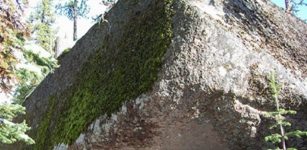 Ancient Unsolved Mysteries Of Siberia – A Place Full Of Secrets
Featured Stories | May 19, 2014
Ancient Unsolved Mysteries Of Siberia – A Place Full Of Secrets
Featured Stories | May 19, 2014 -
 Rare Ancient Clothes And Shoes Found Under The Ice At The Lost Lendbreen Mountain Pass
Featured Stories | Feb 9, 2023
Rare Ancient Clothes And Shoes Found Under The Ice At The Lost Lendbreen Mountain Pass
Featured Stories | Feb 9, 2023 -
 Unusual Medieval Knife Used Like An Eraser Discovered In Poland
Archaeology | Feb 16, 2018
Unusual Medieval Knife Used Like An Eraser Discovered In Poland
Archaeology | Feb 16, 2018 -
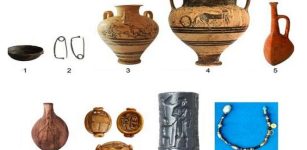 Cyprus’s Copper Deposits Created One Of The Most Important Trade Hubs Of The Bronze Age
Archaeology | Mar 17, 2023
Cyprus’s Copper Deposits Created One Of The Most Important Trade Hubs Of The Bronze Age
Archaeology | Mar 17, 2023 -
 Earliest Evidence Of Evolutionary Trait That Enabled Dinosaurs To Become Giants – Brazilian Fossil Reveals
Evolution | Jun 21, 2023
Earliest Evidence Of Evolutionary Trait That Enabled Dinosaurs To Become Giants – Brazilian Fossil Reveals
Evolution | Jun 21, 2023 -
 Golosov Ravine – Mysterious Time-Warping Mist Causing Unexplained Disappearances And The Ancient Shrine Of God Veles
Featured Stories | Jul 3, 2021
Golosov Ravine – Mysterious Time-Warping Mist Causing Unexplained Disappearances And The Ancient Shrine Of God Veles
Featured Stories | Jul 3, 2021 -
 Unknown Prehistoric Henge Site Detected Near Famous Newgrange In Ireland’s East Coast
Archaeology | Jul 13, 2018
Unknown Prehistoric Henge Site Detected Near Famous Newgrange In Ireland’s East Coast
Archaeology | Jul 13, 2018 -
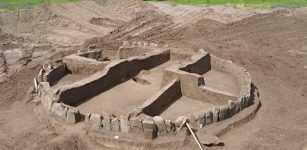 Ancient Secrets Of The Ukrainian Stonehenge That Is Older Than The Giza Pyramids Of Egypt
Featured Stories | Jul 17, 2021
Ancient Secrets Of The Ukrainian Stonehenge That Is Older Than The Giza Pyramids Of Egypt
Featured Stories | Jul 17, 2021 -
 Tiny Paper Scraps From ‘Queen Anne’s Revenge’ Shed Light On Reading Habits Of Blackbeard’s Pirates
Archaeology | Jan 7, 2018
Tiny Paper Scraps From ‘Queen Anne’s Revenge’ Shed Light On Reading Habits Of Blackbeard’s Pirates
Archaeology | Jan 7, 2018 -
 Male-Female Roles 7,000 Years Ago Were Less Traditional Than Previously Thought – New Study Reveals
Archaeology | Jun 30, 2022
Male-Female Roles 7,000 Years Ago Were Less Traditional Than Previously Thought – New Study Reveals
Archaeology | Jun 30, 2022 -
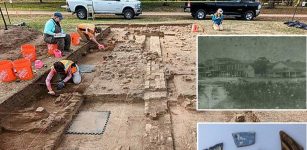 More Than 10,000 Artifacts Unearthed At The Birthplace Of Texas
Archaeology | Mar 12, 2024
More Than 10,000 Artifacts Unearthed At The Birthplace Of Texas
Archaeology | Mar 12, 2024 -
 Eleanor Of Aquitaine – Mother Of King Richard The Lionheart And One Of Most Powerful Women Of Middle Ages
Featured Stories | Feb 26, 2018
Eleanor Of Aquitaine – Mother Of King Richard The Lionheart And One Of Most Powerful Women Of Middle Ages
Featured Stories | Feb 26, 2018 -
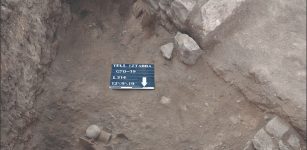 Ancient Town’s Destruction Dated With Help Of Chicken Bones And Snail Shells
Archaeology | Aug 17, 2022
Ancient Town’s Destruction Dated With Help Of Chicken Bones And Snail Shells
Archaeology | Aug 17, 2022 -
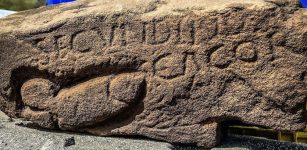 Ancient Graffiti Unearthed At Roman Vindolanda Reveals What One Roman Thought Of Another
Archaeology | May 27, 2022
Ancient Graffiti Unearthed At Roman Vindolanda Reveals What One Roman Thought Of Another
Archaeology | May 27, 2022 -
 Researchers Reconstruct Genome Of Centuries-Old E. Coli Using Fragments Extracted From An Italian Mummy
News | Jun 18, 2022
Researchers Reconstruct Genome Of Centuries-Old E. Coli Using Fragments Extracted From An Italian Mummy
News | Jun 18, 2022

